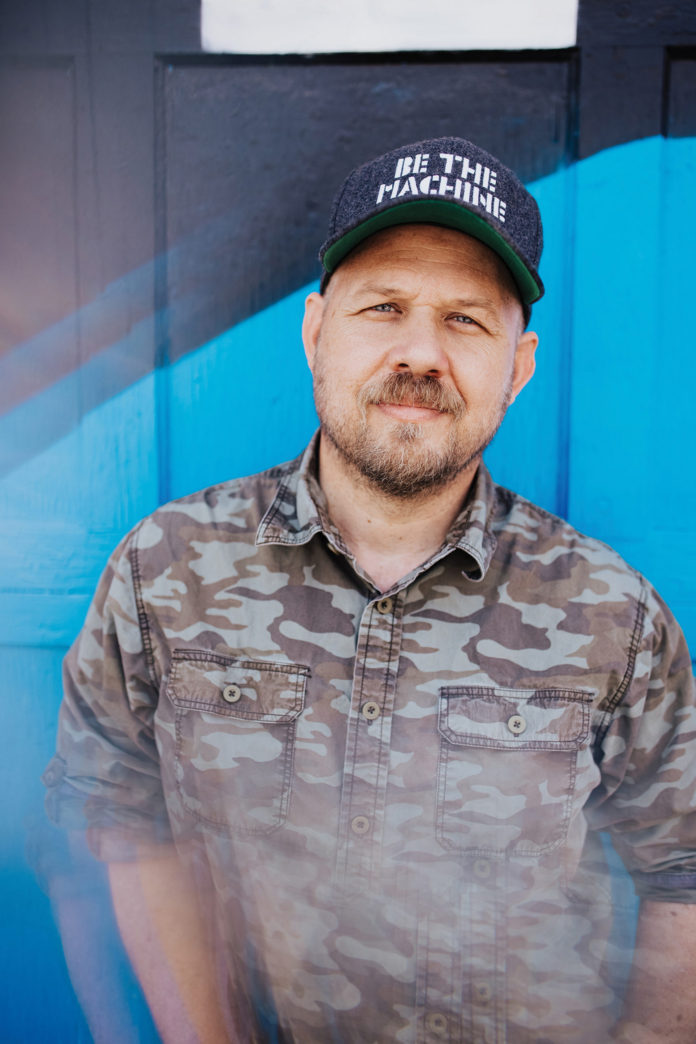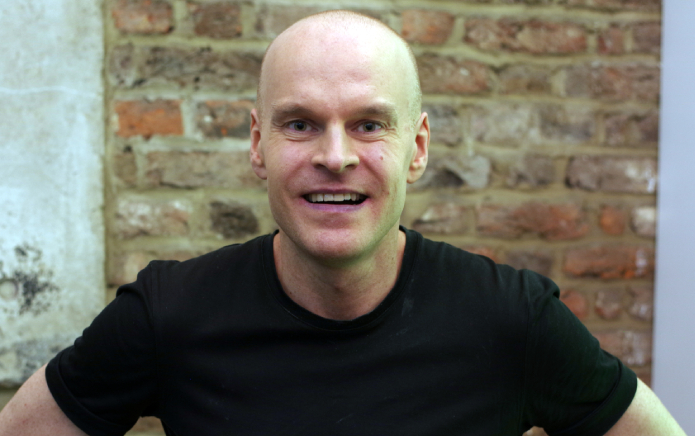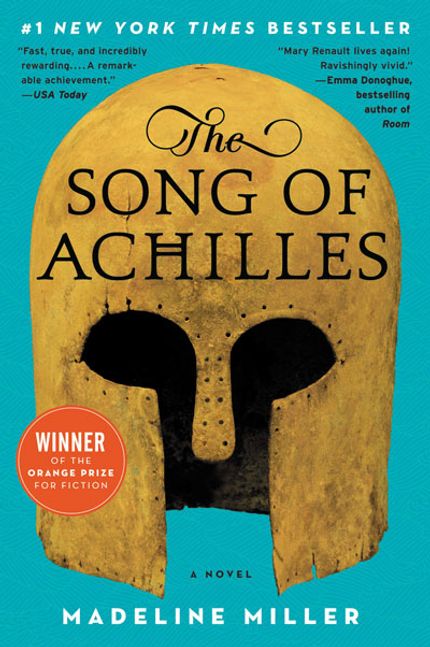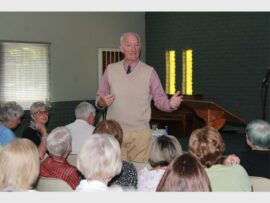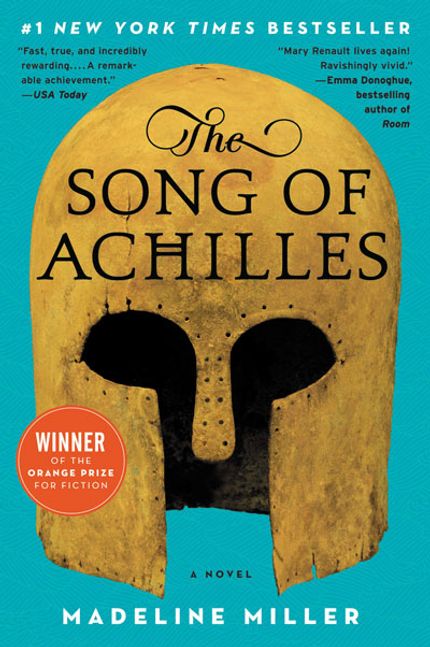With the purpose of bringing new perspective and understanding to the community, LGBTQ+ arts in San Antonio has swung over time between traditional Latinx culture and new-age modernism. Today, the work of artists represents the full spectrum of the LGBTQ+ experience, including messages of hope and acceptance, pain and struggles, and the polarizing narratives of religion and science. The mediums are as diverse as the topics, ranging from feminista graphic art to mixed-media sculptures.
Wanting to bridge the polarizing gap between a human’s biological makeup and cultural upbringing, international artist and Southwest School of Art professor Chris Sauter uniquely frames his pieces to explore complex topics, including the narrative between nature versus nurture, the past and present, and the personal and universal. Known for artistically juxtaposing topics and his creative use of materials, Sauter has crafted pieces that speak to everyone, not just the LGBTQ+ community. Exhibited pieces like Thomas and Church Banners have injected religious themes into his work, with the aim of sparking discussions and understanding.
 “I get confused when people say that being gay is something about nature versus nurture, when really it’s not,” says artist Chris Sauter. “It’s actually both.”
“I get confused when people say that being gay is something about nature versus nurture, when really it’s not,” says artist Chris Sauter. “It’s actually both.”
“As a queer man, who was raised in church but is also an artist, I try not to bring so much politicization into my work,” Sauter says. “Any item that I make is not about me, and it has nothing to do with me. Sure, I might use items that used to be mine, but really it’s up to the person to decide what the artwork is saying. That’s what I liked about Thomas. A believer could see
it and get something out of it, but a gay member can see it and get something totally different.”
Other artists, especially women, have been more outspoken about their sexuality and queer identity. Co-founders of the brand St. Sucia, Isabel Ann Castro and Natasha Hernandez have utilized their creative skills to express their overwhelming support for women’s rights and social justice within various communities. Creating a platform focused on empowering
mujeres of all walks of life and sexual orientations, St. Sucia prints zines with personal stories and poems about sex positivity, rape, relationships and feminism. Hernandez says the goal behind St. Sucia was always to present honest, personal stories—even if that meant talking about things no one wanted to vocalize.
“Sometimes you don’t know you need something until you see,” she says. “Growing up, I didn’t see any materials or books that I could read as a bisexual woman. … People actually want to start reading what we, and our submitted authors, have to say about gender nonconformity and other topics.”
Remaining steadfast in their craft and symbolism, artists have also found unique and personal methods to educate the community on acceptance. Creatives like José Villalobos and Cedric Thomas Smith are two of many advocates using fashion and film to showcase the difficulties of coming out in traditionally masculine cultures. Taking conventional Norteno clothing, multimedia and fashion artist and co-director of Clamp Light Artist Studios & Gallery, Villalobos deconstructs toxic Latino masculinity by altering formal men’s fashion into statements about remaining anonymous and being culturally accepted.
“When I was younger, I just faced a lot of backlash if I was acting too feminine and not masculine enough, which is why it was so hard to come out or to know if I was gay,” Villalobos says. “That’s why now my pieces are meant to be seen as imagery for classic Latino culture. I used face coverings to show how sometimes you just want to be anonymous when you’re living in those types of situations. Now, I use more different objects to kind of show a bit more aggression like ‘I’m here, see me.’”
Villalobos’ art protests the culturally accepted traits of toxic masculinity and the silencing of diverse queer voices through performance, installation, sculpture, drawings and fashion in order to address the stereo- types of being a maricon and assimilating to the cultural expectations set by the Hispanic community.
Filmmaker and director of Well Ced Productions Cedric Thomas Smith had to work through his own dilemmas of being accepted and rejected by two communities. “As both a Black man and a gay man, it used to be really hard for me to just be myself,” Smith says. “I would be called profane things as a Black man by gay people, and I would be called things as a gay man by Black people. And it took me a while to realize that I don’t have to choose—I am fully me.”
Through his work in films like Symphony of Silence, Smith says he seeks to bring audiences from all backgrounds to experience his interpretation of both gay men and Black men walking through life and the struggles that come with that. “I represent two unique voices that may feel voiceless at times,” Smith says.
While artists and organizations are bringing the topic of acceptance and tolerance to the table, some creative thinkers believe that the real change will happen only when older and younger generations unite under one commonality: understanding the other’s struggles.
Writer and multimedia artist Anel Flores has taken this issue head-on. Through her series of internationally recognized books, short stories, poems, art, and graphic art stories, Flores is one of the few prevalent non-binary, queer and lesbian voices in the local or state LGBTQ+ community.
“I remember I just knew I was a writer when my teacher made me read House on Mango Street,” Flores says. “Back then, I was reading just a bunch of old white man literature and I hated it. My teacher was like ‘Anel, you’re a writer’ when I turned in my House of Mango Street reflection, and I was like ‘What? No, I’m not. I don’t want to be like those guys.’ But really it was that I could be a writer and write my own stories with my own voice.”
 By embracing her identity today as a Latina, Chicana, lesbian, non-binary woman, Anel Flores says she finds herself writing a lot about acceptance, racism and past generations. “What happened back then, the words that were written back then, affect me now,” she says.
By embracing her identity today as a Latina, Chicana, lesbian, non-binary woman, Anel Flores says she finds herself writing a lot about acceptance, racism and past generations. “What happened back then, the words that were written back then, affect me now,” she says.
Today, Flores has taken her skills to new heights and collaborates with publishing houses around the state and country to bring her words of love, Latinx culture and queer generation education. Encouraging younger queer writers to read and listen to older authors, Flores says the hard-earned progress of the past should be valued and honored today.
“I tell a lot of young queer writers, ‘You have no idea how lucky you are,’” Flores says. “A few years ago, we didn’t have queer language that we could use freely. We had to come up with phrases and sayings, and now younger people are just being born knowing them. That’s why I encourage younger writers to utilize what they have now so that they can write their story and
tell it using the right words.”
Flores also says that while the language of acceptance is often thrown around, the reality is that members of the LGBTQ+ community are still being persecuted. “For a while I thought that all of our problems were solved,” she says. “And then events like the Orlando shooting really put things into perspective. There is still a lot of racism and homophobia happening, and I don’t think it’s just going away like that. It’s going to take time, and it’s going to take writers and artists to keep doing what they’re doing.”

